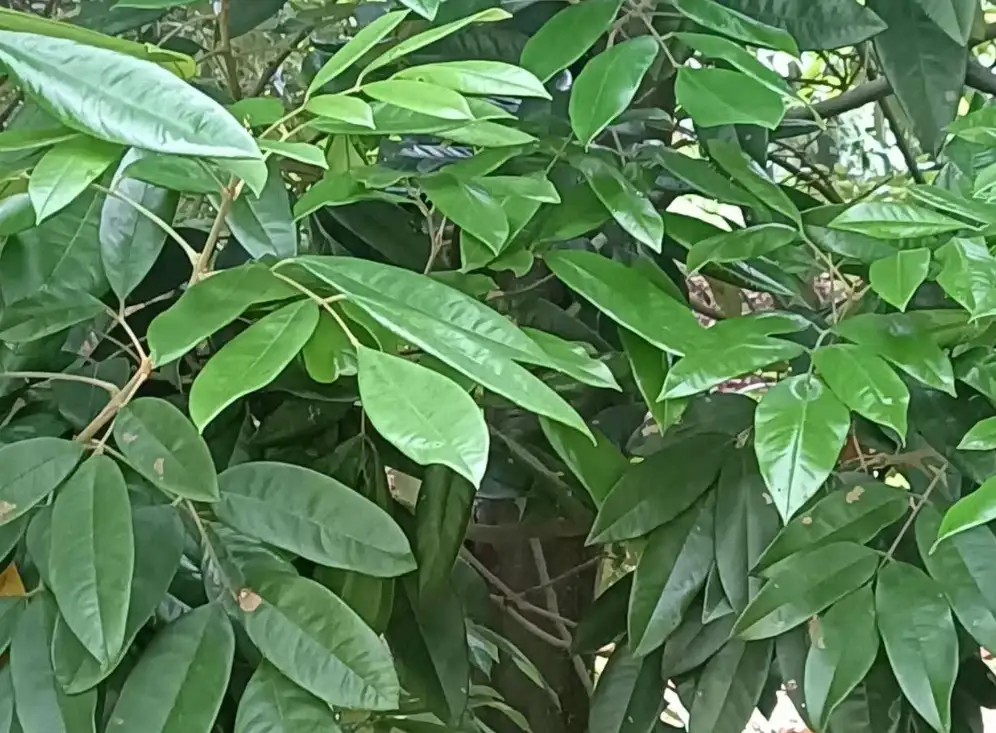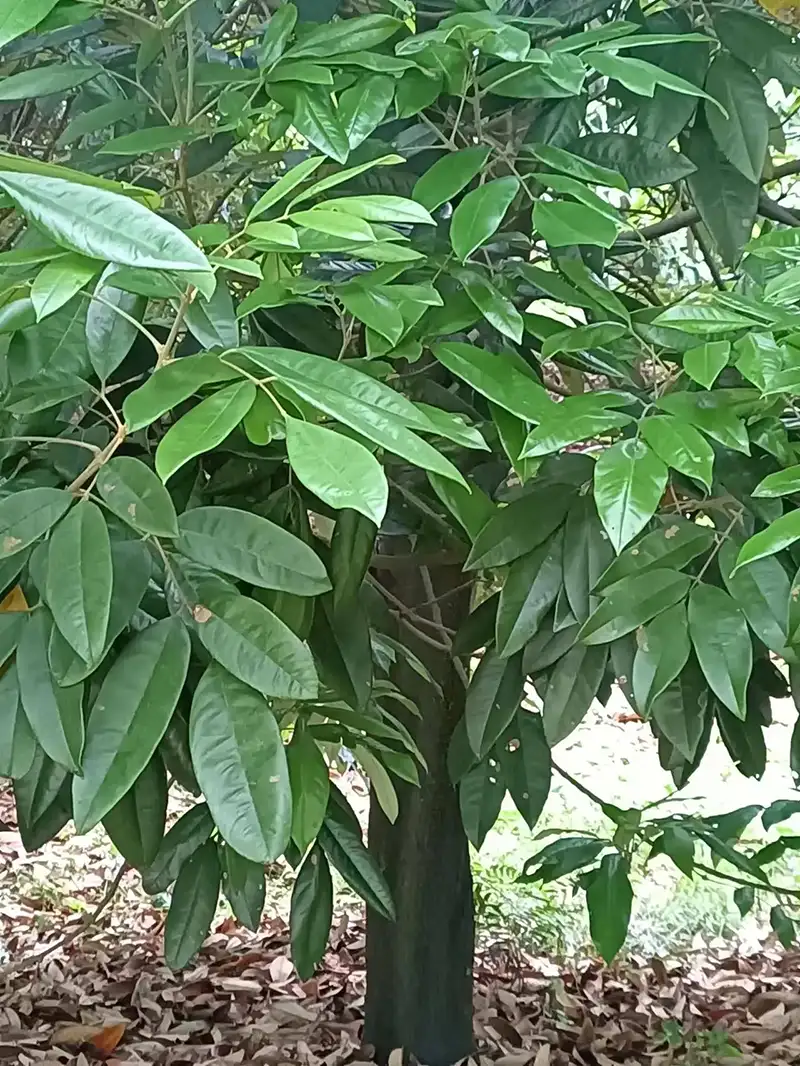
Chinese Rosewood
- 26 Apr, 2025
- Posted by Admin
- 0 Comment(s)
Chinese Rosewood: The Eastern Treasure, A Legacy in Timber
Rosewood represents the pinnacle of traditional Chinese furniture and carving arts, encompassing 5 genera, 8 categories, and 33 precious species—with Pterocarpus santalinus (red sandalwood), Dalbergia odorifera (Hainan huanghuali), and Dalbergia cochinchinensis (Siamese rosewood) as crown jewels. Its cultural significance, rarity, and investment potential make it a global darling among collectors and luxury home markets.
Definition:
Rosewood refers to tropical hardwoods prized for their rich hues and density. Standardized under China’s GB/T 18107-2017, it includes species like Pterocarpus (e.g., Burmese rosewood), Dalbergia (e.g., Vietnamese rosewood), and Diospyros (e.g., ebony). Native to Southeast Asia and Africa, with cultivated varieties in Guangdong and Yunnan, these slow-growing trees (centuries to mature) yield exquisite grains and unparalleled durability for high-end furnishings.

I. Classification & Elite Species
-
National Standard (GB/T 18107-2017)
-
5 genera, 8 categories, 33 species of dense hardwoods.
-
-
The “Big Three” (2024 Market Prices)
| Species | Characteristics | Price Range (per ton) |
|---|---|---|
| Indian Sandalwood | “King of Woods,” 800-year maturity | ¥2-5 million |
| Hainan Huanghuali | “Gold of Woods,” painterly grains | ¥10-30 million |
| Siamese Rosewood | Imperial-grade, high oil content | ¥0.5-1 million |
II. Five Core Values
-
Rarity & Investment
-
Growth: Huanghuali requires 500+ years; wild Hainan stocks near extinction.
-
Auction Records:
-
Ming huanghuali armchair (¥115M, 2021).
-
Qing sandalwood throne (¥239M, 2017).
-
-
-
Health & Eco-Advantages
-
Phytoncides: Air-purifying (scientifically proven).
-
Zero Formaldehyde: Mortise-tenon joints, no adhesives.
-
-
Cultural Status
-
Ming-Qing royalty exclusive (unauthorized use punishable by death).
-
Scholar’s aesthetic: Huanghuali desks, sandalwood brush pots epitomize refinement.
-
-
Physical Superiority
-
Density: Sinks in water (sandalwood: 1.3 g/cm³).
-
Durability: Resists decay/insects, lasts millennia.
-
-
Luxury Collaborations
-
Hermès: Rosewood clasps.
-
Patek Philippe: Sandalwood watch boxes.
-
Rolls-Royce: Interior marquetry.
-

III. Signature Products
-
Classic Furniture
-
Ming Style: Minimalist (e.g., horseshoe-arm chairs).
-
Qing Style: Ornate (e.g., dragon thrones, curio cabinets).
-
-
Artisanal Crafts
-
Scholar’s objects: Sandalwood brush holders, huanghuali paperweights.
-
Religious art: Sandalwood Buddhas, agarwood prayer beads.
-
-
Modern Fusion
-
Tea tables: Rosewood + acrylic hybrids.
-
Neo-Chinese lamps: Rosewood frames + handmade rice paper.
-
IV. Symbolic Meaning
Traditional rosewood carvings and furniture feature auspicious motifs—myths, idioms, or nature scenes—conveying blessings through:
-
Homophones (e.g., bats = “fortune”).
-
Metaphors (e.g., peonies = “prosperity”).
Epilogue:
“Where Western luxury chases trends, Chinese rosewood guards eternity.”
“Each growth ring whispers a dynasty’s legacy.”
